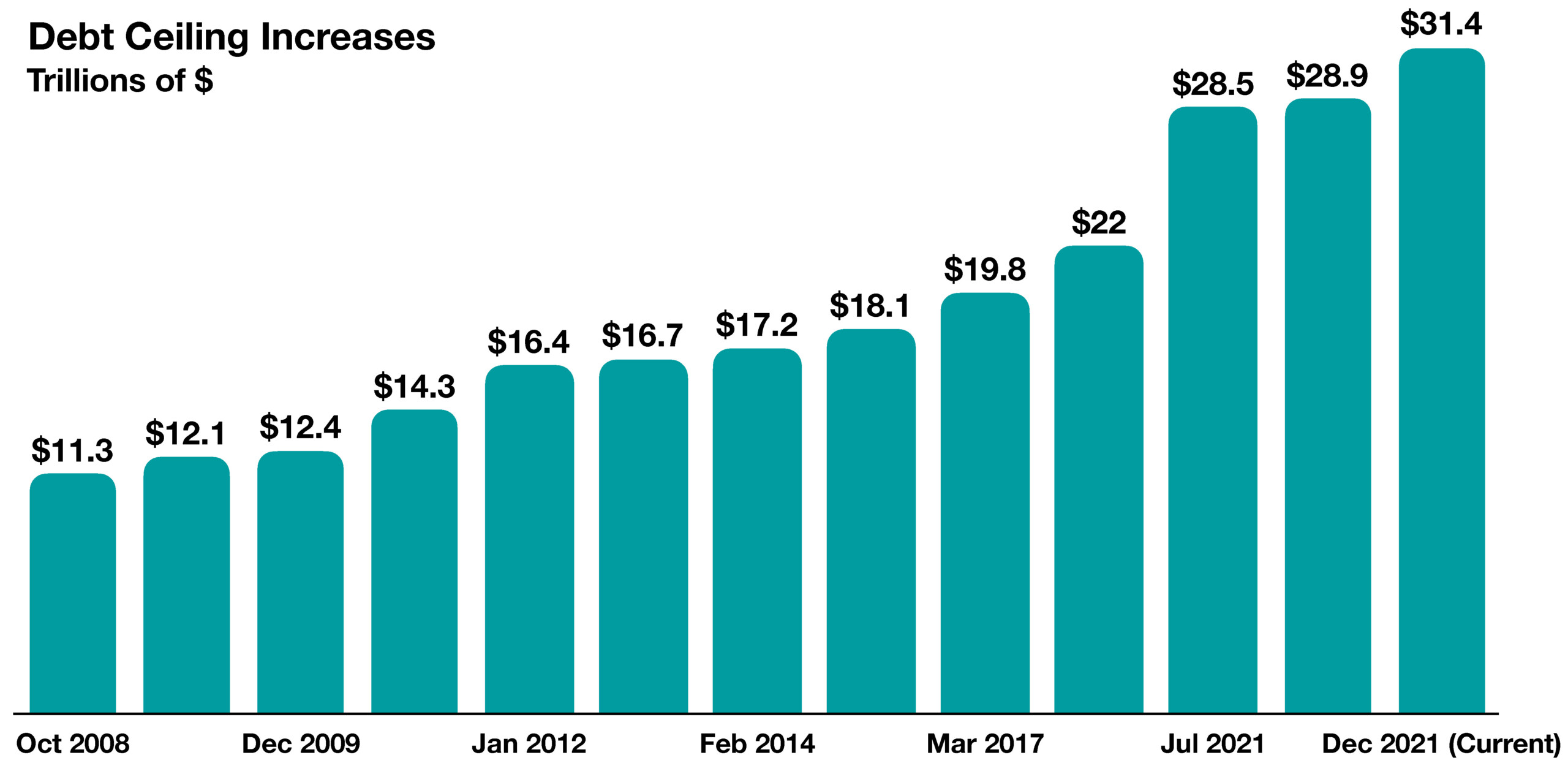
Derek J. Sinani
Founder/Managing Partner
derek@ironwoodwealth.com
7047 E. Greenway Parkway, Ste. 250
Scottsdale, AZ 85254
480.473.3455
Stock Indices:
| Dow Jones | 44,094 |
| S&P 500 | 6,204 |
| Nasdaq | 20,369 |
Bond Sector Yields:
| 2 Yr Treasury | 3.72% |
| 10 Yr Treasury | 4.24% |
| 10 Yr Municipal | 3.21% |
| High Yield | 6.80% |
YTD Market Returns:
| Dow Jones | 3.64% |
| S&P 500 | 5.50% |
| Nasdaq | 5.48% |
| MSCI-EAFE | 17.37% |
| MSCI-Europe | 20.67% |
| MSCI-Pacific | 11.15% |
| MSCI-Emg Mkt | 13.70% |
| US Agg Bond | 4.02% |
| US Corp Bond | 4.17% |
| US Gov’t Bond | 3.95% |
Commodity Prices:
| Gold | 3,319 |
| Silver | 36.32 |
| Oil (WTI) | 64.98 |
Currencies:
| Dollar / Euro | 1.17 |
| Dollar / Pound | 1.37 |
| Yen / Dollar | 144.61 |
| Canadian /Dollar | 0.73 |
Macro Overview: Congress passed legislation during last-minute negotiations to avert a default on the nation’s debt. The suspension on the U.S. government’s $31.4 trillion debt ceiling is temporary until lawmakers finalize legislation to fund ongoing federal obligations.
The impasse on the debt ceiling added strain to bond and equity markets in May. Treasury bond yields rose as increasing debt level concerns triggered increased trading in government bonds. Debt ceiling concerns in addition to the uncertainty surrounding regional banks’ exposure to commercial real estate contributed to a volatile environment throughout the month. Over the years, I’ve made it very clear that debit ceiling debates are nothing more that political brinkmanship and teethless threats to extract political concessions. Most genuine financial professionals (outside of mainstream media – Fox, CNN and the like) realized that defaulting on our national debt is truly a nuclear option – a button no one will ultimately press.
The Treasury Department plans to issue additional short-term debt to fund immediate federal expenses, with $61 billion in 6-month bills and $68 billion in three-month bills already issued as of the first of June. Treasury issuances, also known as auctions, are part of the government’s ongoing cash management process.
The Fed’s most recent Beige Book survey found that demand for domestic transportation services such as trucking and railroad has been decreasing. The survey also found that commercial construction and real estate activity has also been decreasing overall. (Sources: U.S. Congress, Treasury Dept., G7, Federal Reserve)



